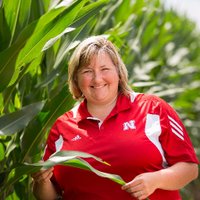
Tamra Jackson-Ziems
@tjcksn
Extension Plant Pathologist & Professor at the Univ. of Nebraska responsible for education about plant diseases and proud to be a farmer's wife.🌽
ID: 71440246
http://cropwatch.unl.edu/ 04-09-2009 03:17:15
4,4K Tweet
3,3K Followers
905 Following
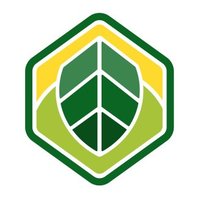
Corn with crown rot often senesces early or dies prematurely. These "ghost plants" are frequently surrounded by healthy plants. Read more in Extension's doi.org/10.31274/cpn-2… From Alison Robertson Kiersten Wise Tamra Jackson-Ziems Tom Allen Cornell Cooperative Extension Mandy Bish Martin Chilvers


Corn Fungicide ROI Calculator available now at cropprotectionnetwork.org/fungicide-roi-… From datascience@uw Damon L. Smith Kiersten Wise Albert Tenuta Daren Mueller Tom Allen Mandy Bish SDSU Extension Martin Chilvers Dr. Alyssa Collins Travis Faske Andrew Friskop Alabama Extension Tamra Jackson-Ziems Heather M Kelly
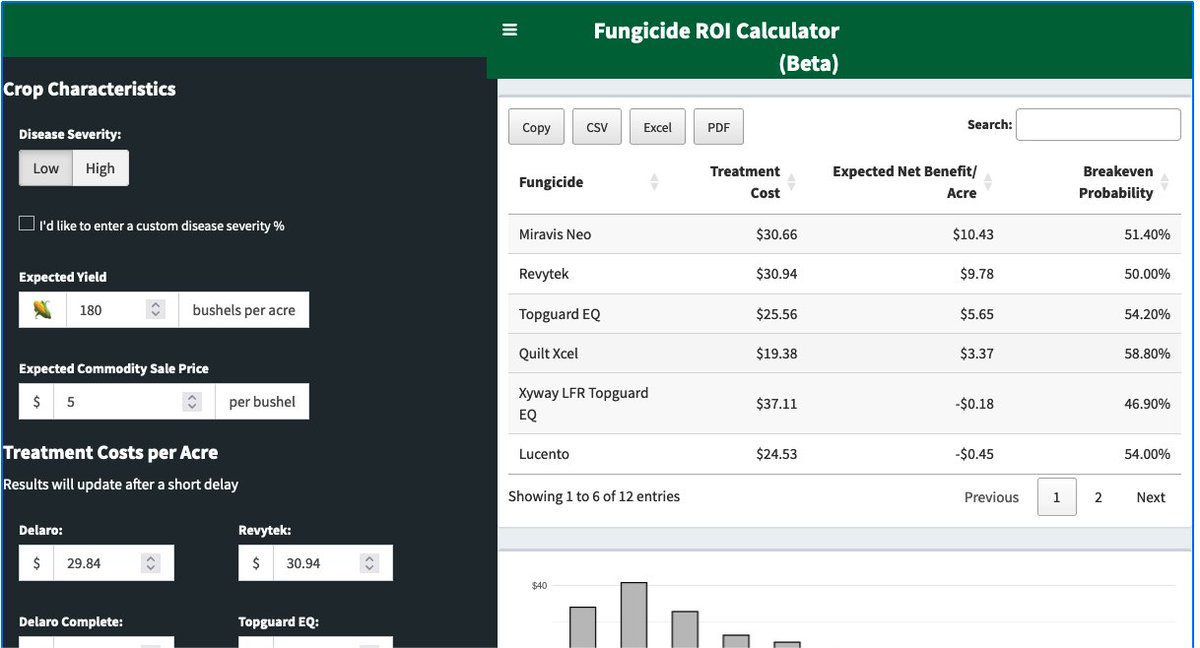
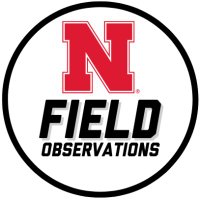
Keeping a close watch on the rapidly changing situation with Southern rust and Tar spot in our fields, Tamra Jackson-Ziems, discusses this emerging issue and ways to manage other notable bacterial diseases. Tamra Jackson-Ziems podbean.com/ew/pb-wt99p-16… #NebExt #NFieldObs

Southern rust update for Southeast Nebraska: croptechcafe.org/southern-rust-… Tamra Jackson-Ziems Nebraska Extension

Southern #rust has made its appearance in NE. What impacts does it potentially have on 2024 #corn yields? Which fields are at the highest risk? #NFieldObs #NebExt Tamra Jackson-Ziems Crop Protection Network (CPN) Amy Timmerman

Ahem… but those #PeskyPustules have made it the SD border. Dakota county, NE is positive for Southern Rust. You’re welcome Maddi Shires Tamra Jackson-Ziems Nebraska CropWatch



Corn plants with crown rot can die early. These “ghost” plants have a grayish-green discoloration & are often surrounded by healthy plants. Find out more at cropprotectionnetwork.org/publications/f… From Extension's Tamra Jackson-Ziems Alison Robertson Kiersten Wise Tom Allen Mandy Bish Martin Chilvers



I've had a great afternoon n southwest Nebraska for our Great Plains bacterial leaf streak (BLS) survey with K-State Rodrigo Onofre K-State Applied Row Crop Pathology Program & SDSU Maddi Shires The corn looks #AMAIZING here except where impacted by hail. BLS is everywhere! UNLPlant&Pest Clinic UNL Department of Plant Pathology


Diplodia ear rot of corn. Dry weather before silking followed by wet conditions favors this disease. Look for ear leaves that die early. Ask local Extension for more info. Tom Allen Travis Faske Tamra Jackson-Ziems Daren Mueller Kiersten Wise Martin Chilvers Doug1954 Heather M Kelly


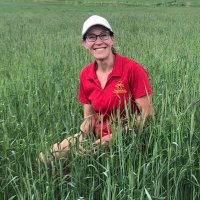
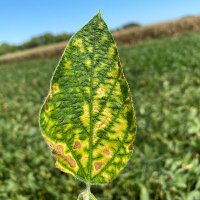

Test corn stalk integrity using the pinch test. Prioritize harvest for fields with 10%+ stalk rot. Ask local Extension for more info. Ed Sikora Maíra Duffeck 🌾🍄🦠🔎🔬💻📊👩🔬👩🏼💻 Tom Allen Maddi Shires Yuan Zeng Mandy Bish Darcy Telenko Alison Robertson Ian M. Small Trey Price Albert Tenuta





